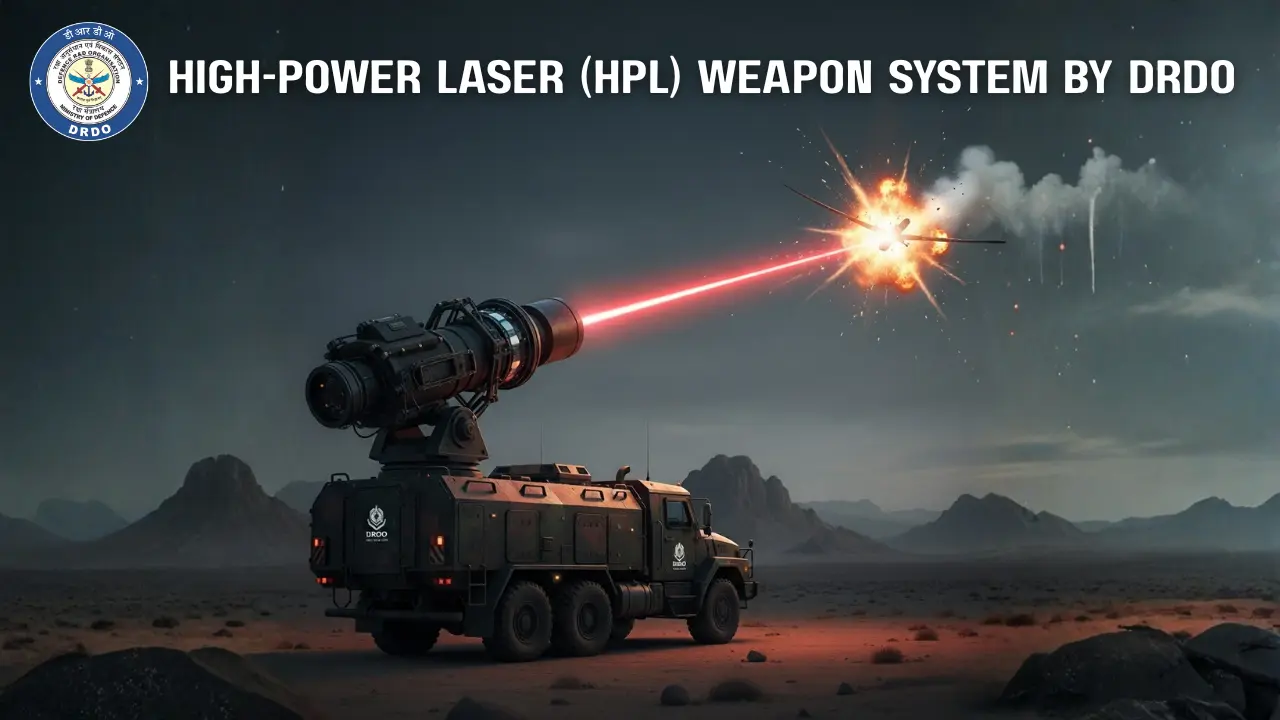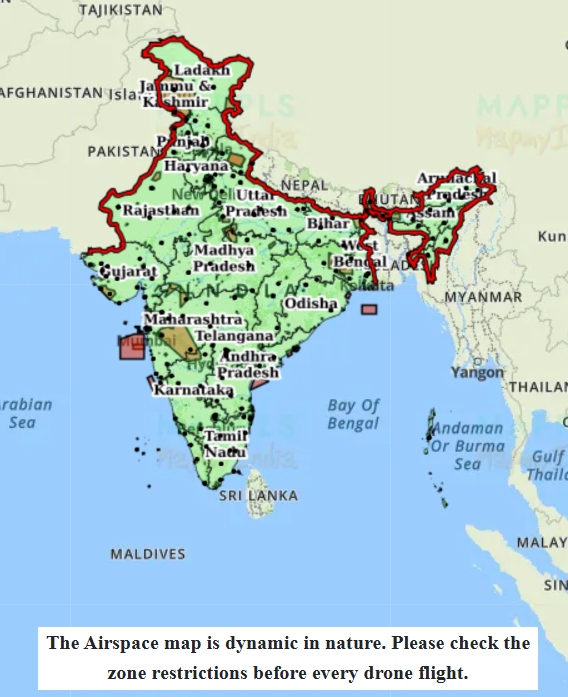The Defence Research and Development Organization (DRDO) has launched an ambitious project to develop a 300 kW high-power laser (HPL) weapon system, marking a significant leap in India’s counter-Unmanned Aerial Vehicle (UAV) capabilities. This state-of-the-art directed energy marvel is specifically engineered to neutralize aerial threats, including drones and missiles, and is set to provide a decisive edge against the asymmetric risks posed by low-signature unmanned systems observed in recent border engagements.
Precision Targeting and Beam Control: The Brain of the Weapon
The core of this groundbreaking system lies in its sophisticated Beam Control System (BCS). DRDO’s Centre for High Energy Systems and Sciences (CHESS) has issued a Request for Information (RFI) to secure qualified development partners for the design, development, and integration of the BCS. According to sources at idrw.org, the partners will be tasked with end-to-end technical support, culminating in lab validations and field trials of the unified system.
A critical component of the BCS is a large-aperture (500-700 mm diameter) Beam Directing Telescope. This reflective configuration, utilizing conic, aspheric, or spherical mirrors, will collimate and focus the powerful laser beam onto distant targets with “surgical accuracy.” Crucially, the telescope will be fortified with adaptive optics to effectively counteract atmospheric distortions, ensuring the beam maintains a lethal, pinpoint focus over extended ranges, even in turbulent air conditions.
All-Weather Engagement and Unrivaled Maneuverability
To ensure the weapon’s versatility across diverse operational theaters—from maritime patrols to mountainous frontiers—the system incorporates a large-aperture optical periscopic head. This module provides extensive steering capability, offering azimuth coverage of +180 degrees and elevation from -15 to +70 degrees, allowing the laser to track dynamic threats across the entire sky. An internal beam transportation module, utilizing an array of fold mirrors, will efficiently route the 300 kW energy from the laser source to the directing telescope, minimizing losses and preserving the beam’s potency.
Overcoming environmental hurdles is key to long-range engagement. The BCS features an advanced atmospheric jitter compensation system, a high-bandwidth closed-loop controller integrated with shared-aperture imaging. This system, which employs active imaging or similar long-range technologies, promises compensation up to 17 km against Medium-Altitude Long-Endurance (MALE) and High-Altitude Long-Endurance (HALE) UAVs, guaranteeing the beam remains lethal despite challenges like wind shear or thermal blooming.
Target Acquisition and Future Roadmap
Target acquisition and precision tracking are managed by the laser illuminator module, which employs active gated imaging techniques to illuminate and lock onto threats up to 17 km. This facilitates beam jitter correction for high-altitude UAVs. Completing the tracking suite is an Electro-Optic Coarse Tracking module, integrated into the periscopic head, which boasts robust day-night operability and utilizes a Mid-Wave Infrared (MWIR) thermal imager for all-weather detection and initial cueing.
This 300 kW system is a significant upgrade from the 100 kW prototypes trialed in 2024. This massive power output is projected to deliver gigawatt-class intensity on target, theoretically capable of vaporizing drone swarms or incoming projectiles in seconds.
“The BCS is the brain of the operation—without it, even the mightiest laser is blind,” an insider from CHESS emphasized, highlighting the necessity of these integrated modules for enabling autonomous engagements in contested airspace.
Field trials, potentially at DRDO’s Pokhran range, are anticipated for 2027-28. Following successful validation, the powerful laser weapon is slated for integration onto mobile platforms, including truck-mounted and potentially airborne systems, ensuring a flexible and rapid-response capability for India’s armed forces.
Read More: Axiscades Technologies Secures Indian Army Deal for Counter-Drone Systems










